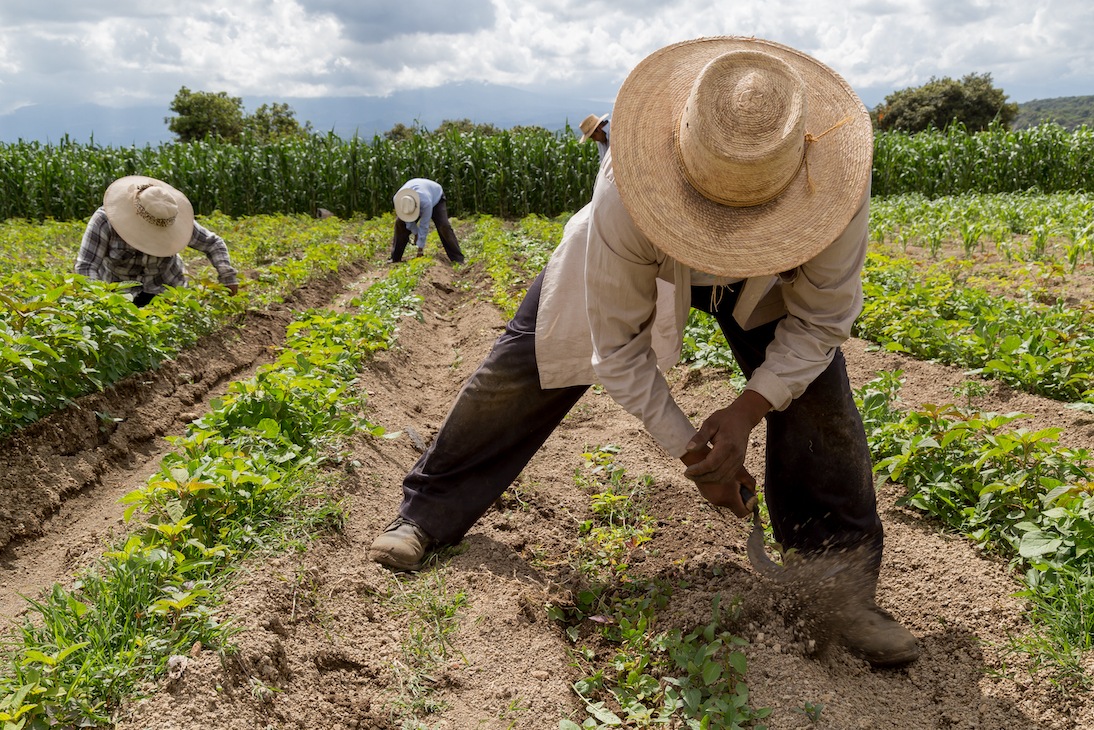I have been involved with public education about Genetically Engineered (GE also known as GMO) crops and food for 25 years.
Reading today’s statements from non-governmental organizations that oppose GE crop technology, time appears to have stopped in 1999.
This technology has been very successful in many countries for almost 30 years.

Today over 450 million acres of GE crops are planted each year.
The data is very clear on increased yields, reduced pesticide use, and increased income, particularly for developing world farmers.
These are definitely “pros” of the technology.
Food security is a significant problem in East Africa.
Nigeria and Kenya began to allow GE crops in 2018 and 2019 respectively, ending decades of restriction.
With population increases expected in the coming decades, it will only get worst unless food production systems are improved.
One of the biggest challenges is food spoilage before it can be eaten.
Without effect controls, disease and rot can destroy most crops.
Genetically engineered crops are designed to deal with specific pest/disease issues.

A perfect example is Bt corn.
This GE crop has genes from soil bacteria (the same soil bacteria used in organic agriculture) incorporated into its genome to protect the corn from attacks of pests like the Fall Army Worm.
Fall Army Worm pest not only destroys the leaves of the maize but feeds on the grain cobs as well.
Bt crops are very effective in reducing crop damage from Fall Army Worm and other caterpillar pests.
The pest introduces fungal pathogens which produce carcinogenic compounds.
Together, the loss of some kernels and the fungal toxin contamination of maize cobs lead to huge losses from this pest across sub-Saharan Africa.
Bt crops are very effective in reducing crop damage from Fall Army Worm and other caterpillar pests.
A bonus is a built-in resistance to pests means the farmer can spend far less on insecticide sprays while increasing yields.
The reduction in pesticide spraying also reduces risks to non-target insect populations (biodiversity increases).
Nigeria and Kenya began to allow GE crops in 2018 and 2019 respectively, ending decades of restriction.
The alleged issues put forward by today’s critics of GM crops are the same ones they put forward in 1999.
The critics claim this was “whimsical” and without consultation.
This is completely false.
Decades of research and development by both countries have generated huge caches of safety and yield improvement data.
Only when these governments eliminated valid concerns of critics were the restrictions lifted.
The alleged issues put forward by today’s critics of GM crops are the same ones they put forward in 1999.
The difference is decades of data show the fears are unfounded and the technology is safe for the environment, for farmers to grow, and for the public to consume.
![Pro-GMO activists marching in Kamppala, Uganda. [Richard Wetaya]](https://allianceforscience.org/wp-content/uploads/2023/02/Pro-GMO-Activists-walk-through-Kampala-calling-for-agoption-of-improved-seed-varieties-1.jpeg)
Food safety authorities around the world agree on the safe consumption of GE crops on the market.
Even the European Union imports 30 to 40 million tons of GE crops each year.
Food production is a global endeavor.
Potatoes and cassava are both from South America and cotton is from Central America.
By producing more food on less land, biotechnology helps protect even more wilderness from falling under the plow.
The movement of crops from places of origin to places of large-scale production is the story of global agriculture’s success.
The biggest impact on biodiversity is agriculture, all agriculture.
By producing more food on less land, biotechnology helps protect even more wilderness from falling under the plow.
Simply put, biotechnology will help protect biodiversity by protecting the remaining wilderness. A win-win situation.
What has changed over the past three decades is who is producing GE crops.
Today, over 70 countries have active research and development programs in agricultural biotechnology.

These (often decades-long) research programs are beginning to bear fruit.
In Africa, scientists from 13 countries are producing GE crops to deal with their issues with no multinational corporations involved.
Science has truly gone global.
The fear that multinational corporations will control local crops is no longer an issue.
Kenyan scientists did use “indigenous science” to produce GE crops for Kenyans to grow.
Farmers are smart and when given the choice, they overwhelmingly choose to plant improved GE seeds around the world.
Whenever GE crops are authorized to be grown, local farmers flock to get the seeds and continue to grow those same varieties each year.
Giving farmers the choice will quickly determine if the GE crop is a good fit for local farmers.
Farmers are smart and when given the choice, they overwhelmingly choose to plant improved GE seeds around the world.

Almost 17 million farmers in the developing world chose to plant GE crops.
Over half of the global acres (450 million acres) of GE crops are planted in the developing world.
There are no “silver bullets” in agriculture.
GE crops are not a panacea.
But they do help deal with pests, disease, drought, and spoilage very effectively with reduced environmental impact.
The world needs to allow the best of every type of agriculture to produce more food on less land sustainably.
